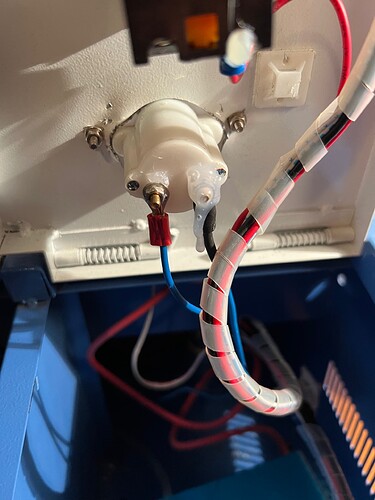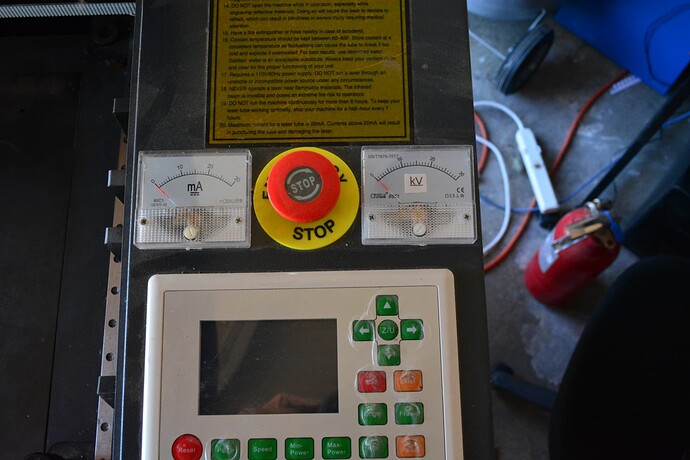Since you have eliminated all the parts, that leaves the configuration not being correct… which doesn’t make sense either… since it was mostly working.
There are plenty of people here that will buy it from you and get it running. Just takes a bit more time and patience than you are willing to expend. It’s just a machine… They do work, seems your frustration level is pretty intense, this leads to jumping to conclusions creating other problems. If you’re not too far away I’ll pay to have it shipped here… ![]()
Don’t work on it if frustrated and when you do, work for shorter periods.
It also complicates the problem if you have more than one contributing issue, such as a combination of hardware and the controller configuration.
What seems to be lost here, is that it was functioning and all this stuff had to be working, at least a majority of it, such as configuration. It’s more than likely you didn’t ‘hurt’ it moving the gantry and it was just coincidental to that operation that the problem occurred. You have changed out everything that could effect, with no success.
Good luck
![]()

